Two paintings and a prayer
.
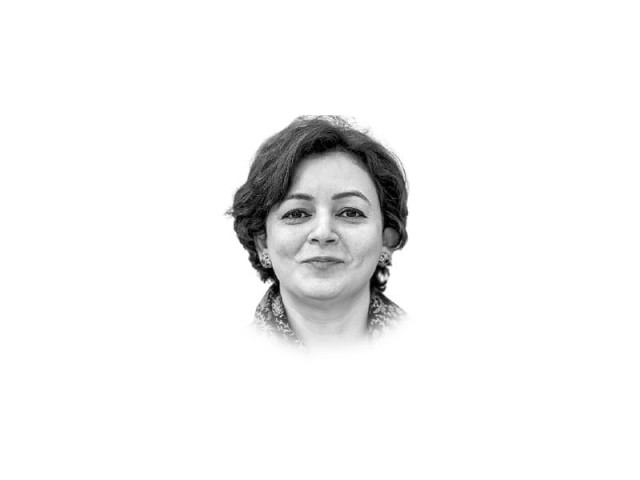
Dear Motherland,
May you never see a war again!
May India and Pakistan live in peace. May sanity prevail on both sides. May we not have to devise or analyze any more war strategies. May this be the last chapter in the book of armed conflicts in the region's history. May no village, city or airbase ever experience the anguish similar to that of Agra, Amritsar, Ambala, Bikaner, Halwara, Jodhpur, Jaisalmer, Pathankot, Bhuj, Srinagar, Kargil or Pathankot. May Kutch, Kashmir, Chaklala, Sargodha, Jacobabad, Bahawalnagar and Rahim Yar Khan never be under attack again.
May the children never witness dogfights between J-10, F-16 and Mig-21 or Rafale. May there be no distressing visuals and traumatic memories to haunt them. May there be no mother, wife, daughter or sister who has to say farewell to her son, husband, brother or father to save his land and bomb the other's. May no soldier have to sign a last will before entering the field.
May your artists not have to replicate the pain and distress depicted in "Guernica". The enormous (11.5 × 25.5 feet) painting by the Spanish artist, Pablo Picasso, is an emblem of war, not a typical "history painting" nor a piece of political propaganda. It does not, by any interpretation, glorify martyrdom as of "The 3rd of May 1808" by Francisco Goya, another Spanish artist who preceded Picasso almost a century ago.
Goya's work commemorates Spanish resistance to Napoleon's armies during the occupation of Madrid. Many consider it "the first great picture which can be called revolutionary". However, it somewhat idealises war as the central luminous figure with outstretched arms, reminiscent of the crucifixion of Christ and a stoic, yet emotional face, embodying both sacrifice and defiance.
Picasso's Guernica is radical and progressive in every sense of the word; in style, subject matter and intention. It unveils the brutalities of modern warfare. On April 26, 1937, German aircraft, at the request of the Nationalists, heavily bombed the city of Guernica. The three-hour-long blitzkrieg annihilated the city and killed or wounded one-third of the population. Hence, the painting is a disquieting representation of the subject and the picture space; typical of the Cubist style.
A braying horse occupies the centre stage, stumbling over its fallen rider sprawled below. A bellowing bull encompasses a wailing mother with her child lying slack in her arms.
A ghostly figure emerges holding a gaslight, while a woman hangs her arms in despair. Flames and ruins consume a howling figure in the background. Picasso stripped the picture plane of any colour. It remains steadfast, "black and white" with no distraction, no suggestive underlying meanings, just the horrors of war. It is a warning indeed, notifying death and destruction.
Motherland! May your artists never have to bear the scars of war. May they not paint a nightmarish vision of themselves like the German fallen star's "Self-Portrait as a Soldier". In 1915, during WW1, Ernst Ludwig Kirchner, a thriving artist of his time, "involuntarily volunteered" for military service.
Within a year of experiencing war and witnessing the bloodbaths, Kirchner was discharged due to a mental breakdown. It was then that he painted himself in military uniform with a severed, bloody hand in a setting that illustrated untamed human instincts and highlighted the brute and savage side of a war-afflicted person.
Soon, he ended up in a sanatorium. "After lengthy struggles, I now find myself here for a time to put my mind into some kind of order. It is a difficult thing, of course, to be among strangers so much of the day. But perhaps I'll be able to see and create something new.
For the time being, I would like more peace and absolute seclusion. Of course, I long more and more for my work and my studio. Theories may be all very well for keeping a spiritual balance, but they are grey and shadowy compared with work and life," he confided to his friend and patron.
May you never have such a critique of war and its destructive consequences. May no one have to write "Between Mosques and Military notes" or "A Soldier's Narratives". May there always be peace and equanimity.
May Pakistan hamesha Zindabad!
Bano
May 2025

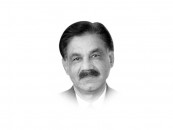
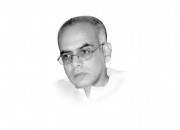




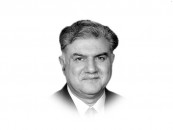


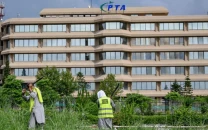
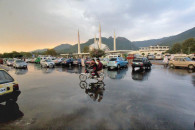
COMMENTS (1)
Comments are moderated and generally will be posted if they are on-topic and not abusive.
For more information, please see our Comments FAQ